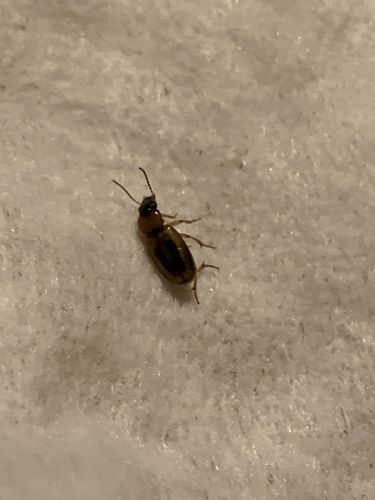Firefly
Scientific Name: Photinus sp. (likely, given the image characteristics)
Order & Family: Coleoptera, Lampyridae
Size: Typically 5 to 25 mm (0.2 to 1 inch) in length.

Natural Habitat
Found in temperate and tropical regions, often in moist areas such as marshes, forests, and fields. They prefer habitats with dense vegetation.
Diet & Feeding
Adult fireflies generally feed on nectar, pollen, or dew, but some species do not feed at all as adults. Larvae are carnivorous, preying on snails, slugs, worms, and other small invertebrates.
Behavior Patterns
Fireflies are most famous for their bioluminescent courtship displays, especially at dusk or night. Males typically fly and flash specific patterns to attract females, who often respond with their own flashes from the ground or vegetation. This specific species in the photo appears to be a smaller, darker brown type, which can be characteristic of some Photinus fireflies. They undergo complete metamorphosis.
Risks & Benefits
Fireflies pose no known risks to humans. On the benefit side, their larvae are beneficial predators of garden pests like slugs and snails. Adult fireflies are also indicators of a healthy ecosystem due to their specific habitat requirements.
Identified on: 9/24/2025